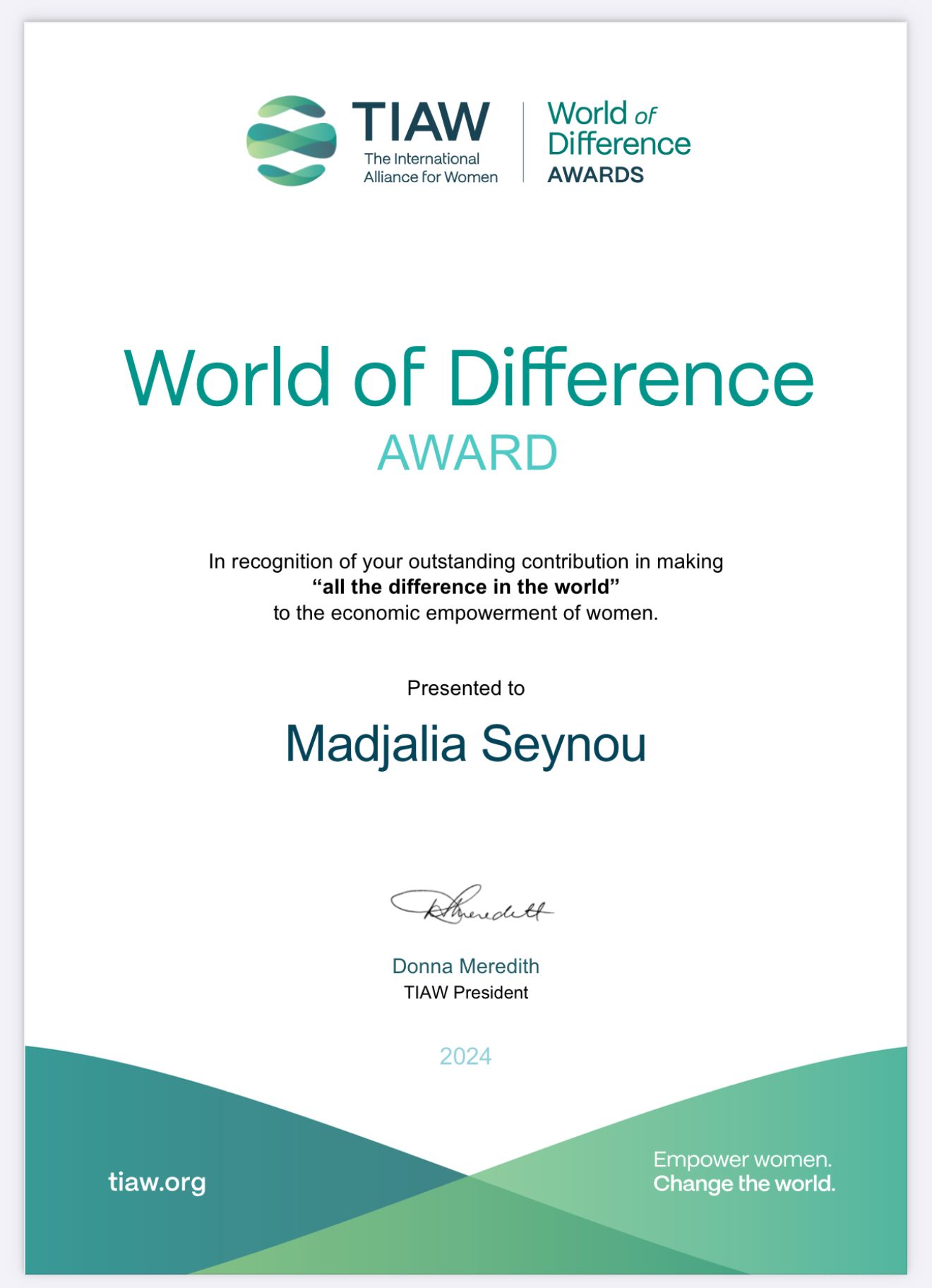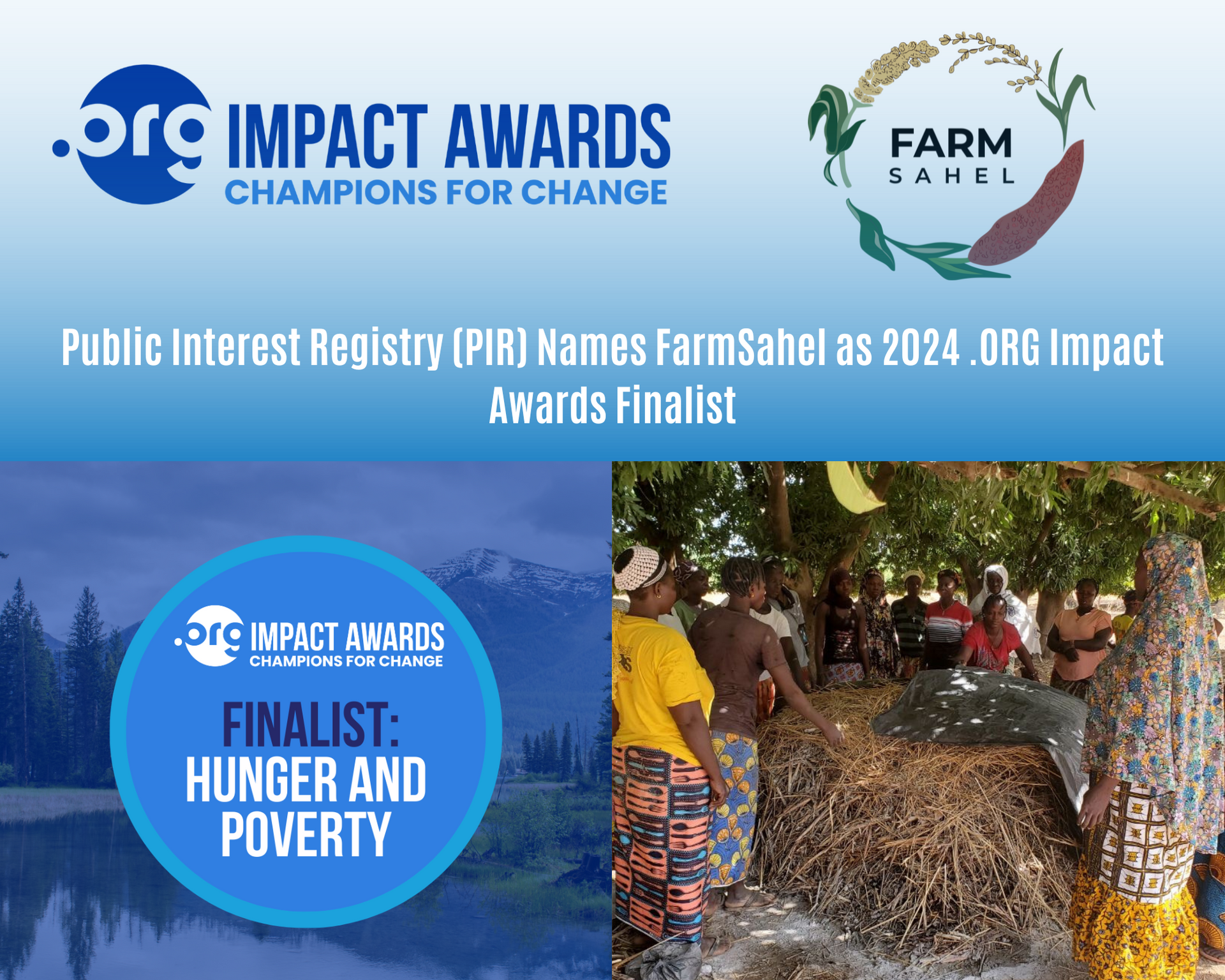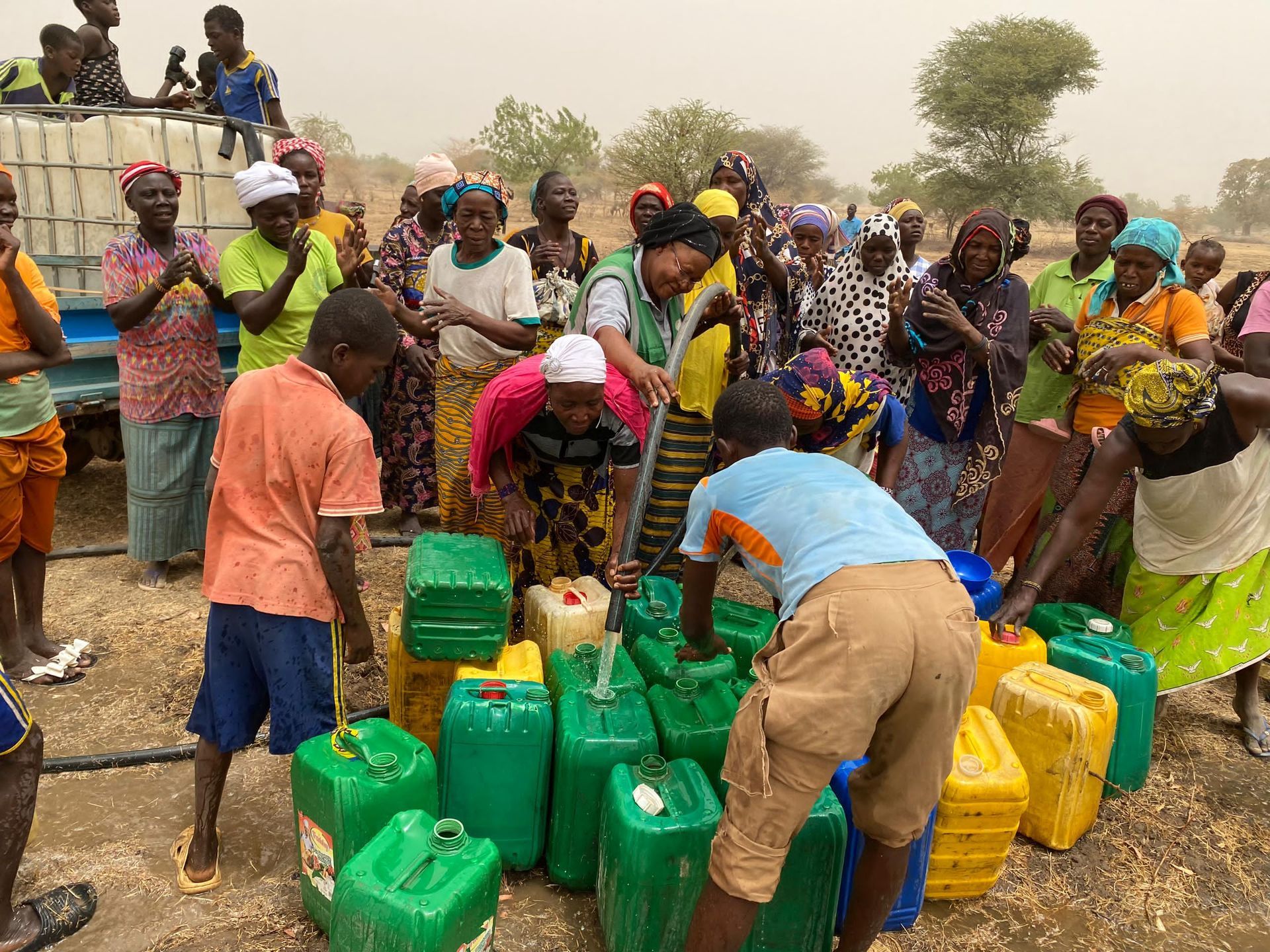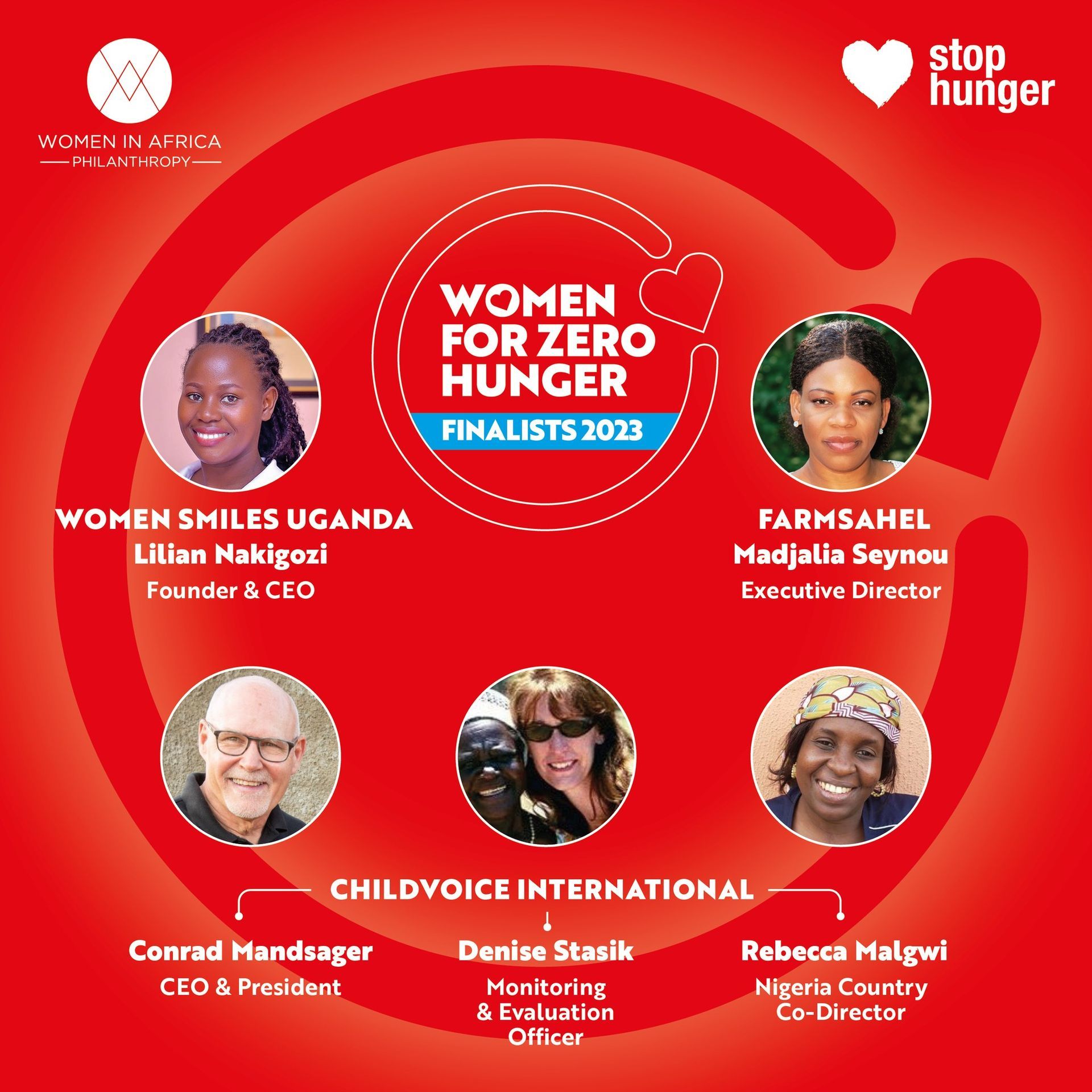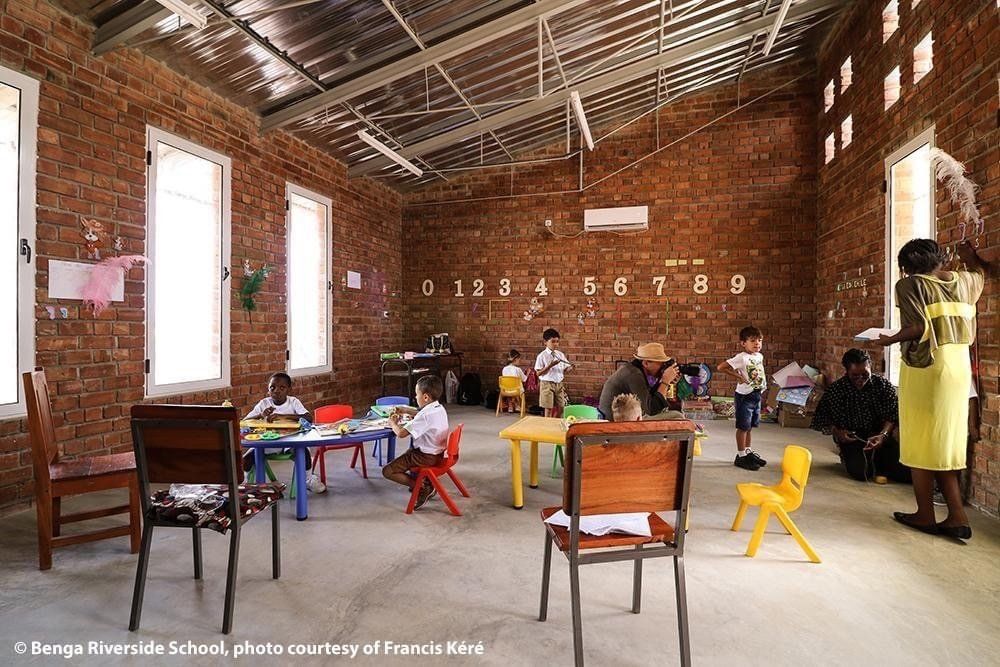Education Inequality in Sub-Saharan Africa
“Poverty lies at the heart of many of the challenges that hinder girls’ access to education. The pressures of poverty mean that parents must constantly make decisions about how to utilize extremely limited resources and how best to provide a secure future for their family,” Plan International recently reported. As the populace of Sub-Saharan Africa (SSA) faces poverty, hunger and extreme climates, the women and girls of SSA are faced with gender inequality on top of that. There have been several futile attempts to enroll more young girls and women into school over the years, but none of these attempts have seemed to stick. “More than 49 million girls are out of primary and secondary school in Sub-Saharan Africa, with 31 million of them out of secondary education, undermining their rights and limiting their opportunities” (Human Rights Watch). This article will explore why boys and men are more likely to finish their education, and possible solutions to get more girls and women through the entire schooling system.
“There is no doubt that a concerted global push for universal education has narrowed the gender gap in primary school enrollment between 2001 and 2008, says UNESCO, the UN agency on education and culture. Over the past seven years, however, the gap appears to have remained the same, according to the report” (un.org). This article, written in 2015, establishes that there had been a slight push to narrow gender inequality concerning education, but that push seems to have stalled after 2008. There are several reasons why girls are unlikely to go to school or finish school. All educational reports and statistics seem to point to a few key factors: forced early marriages, poverty, and child labor. Of course, persistent cultural attitudes towards gender roles also play a huge part in this. “In [SSA], 40 percent of girls marry before age 18, and African countries account for 15 of the 20 countries with the highest rates of child marriage globally. The region also has the world’s highest prevalence of adolescent pregnancies. In 14 [SSA] countries, between 30 and 51 percent of girls give birth before they are 18” (Human Rights Watch). As per cultural attitudes regarding gender roles, once women become pregnant they are expected to marry; once women are married, they are expected to maintain their households. Several SSA countries also have discriminating policies towards pregnant students; In Tanzania… school officials conduct pregnancy tests and expel pregnant students (Human Rights Watch). It is very unlikely that these young women will be taught anything about sex education- and that is if they even attend school. What could possibly be the solution to combat these seemingly never-ending cycles of gender inequality?
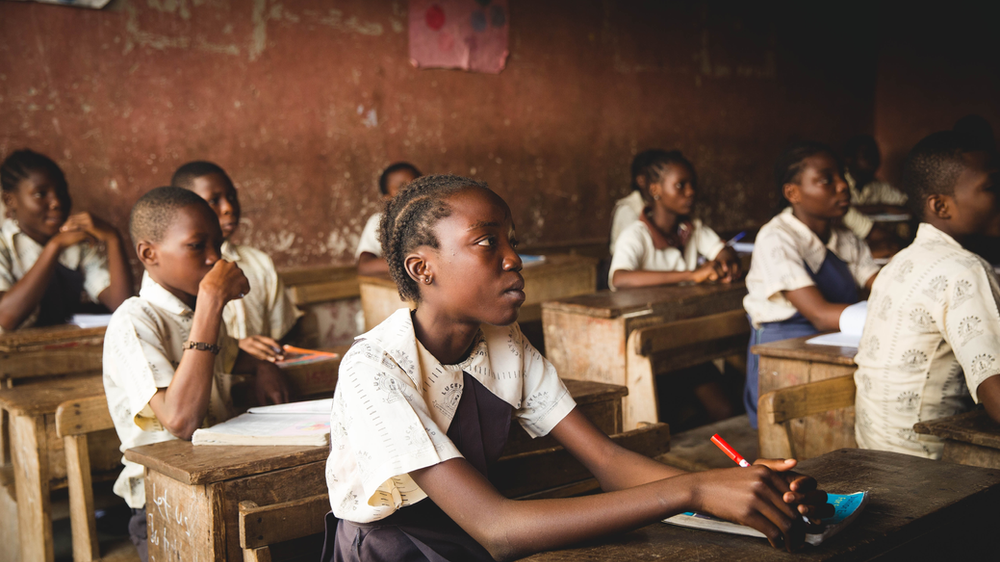
To break these cycles of gender inequality, it is essential that SSA governments recognize these issues- it is necessary to devise sturdy policies that enforce education. “UNESCO and UNICEF are recommending that countries focus on ‘broad investment to strengthen and expand education systems, a sharp focus on improving the quality of education, and targeted interventions for the children who are very hard to reach” (un.org). Fortunately, there has already been some progress in this area- all African governments have made a commitment to guarantee gender equality and accessible education for all children by 2030 to the UN. Furthermore, The African Union has recognized the importance of ending child marriage, understanding that it is a major impediment to regional development and prosperity, and of eliminating all forms of gender-based violence and discrimination (Human Rights Watch). To educate these young girls and women would be the ideal way to teach them of future opportunities and success- but getting them to school is the first test. Not only getting them to school but getting them to school in safe and responsible ways. It is up to the SSA governments to guarantee their young girls’ equality and freedom. This includes reversing any harmful policies that stigmatize girls, such as expulsion of pregnant students. The education of the youth, and especially girls, is essential now more than ever as the population boom signifies that over half the population by 2050 will be younger than 25- these young girls are quite literally the future of Sub-Saharan Africa.
Works Cited
Kuwonu, Franck. “Millions of Girls Remain out of School .” United Nations , United Nations, Apr. 2015, www.un.org/africarenewal/magazine/april-2015/millions-girls-remain-out-school.
Tibasima, Marco. “Africa: Make Girls' Access to Education a Reality.” Human Rights Watch , 16 June 2017, www.hrw.org/news/2017/06/16/africa-make-girls-access-education-reality.
